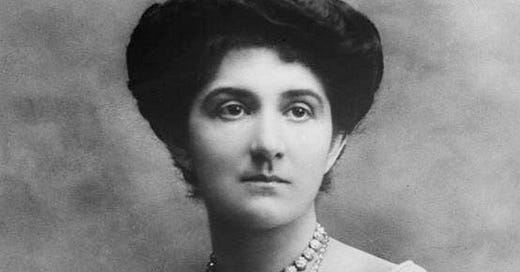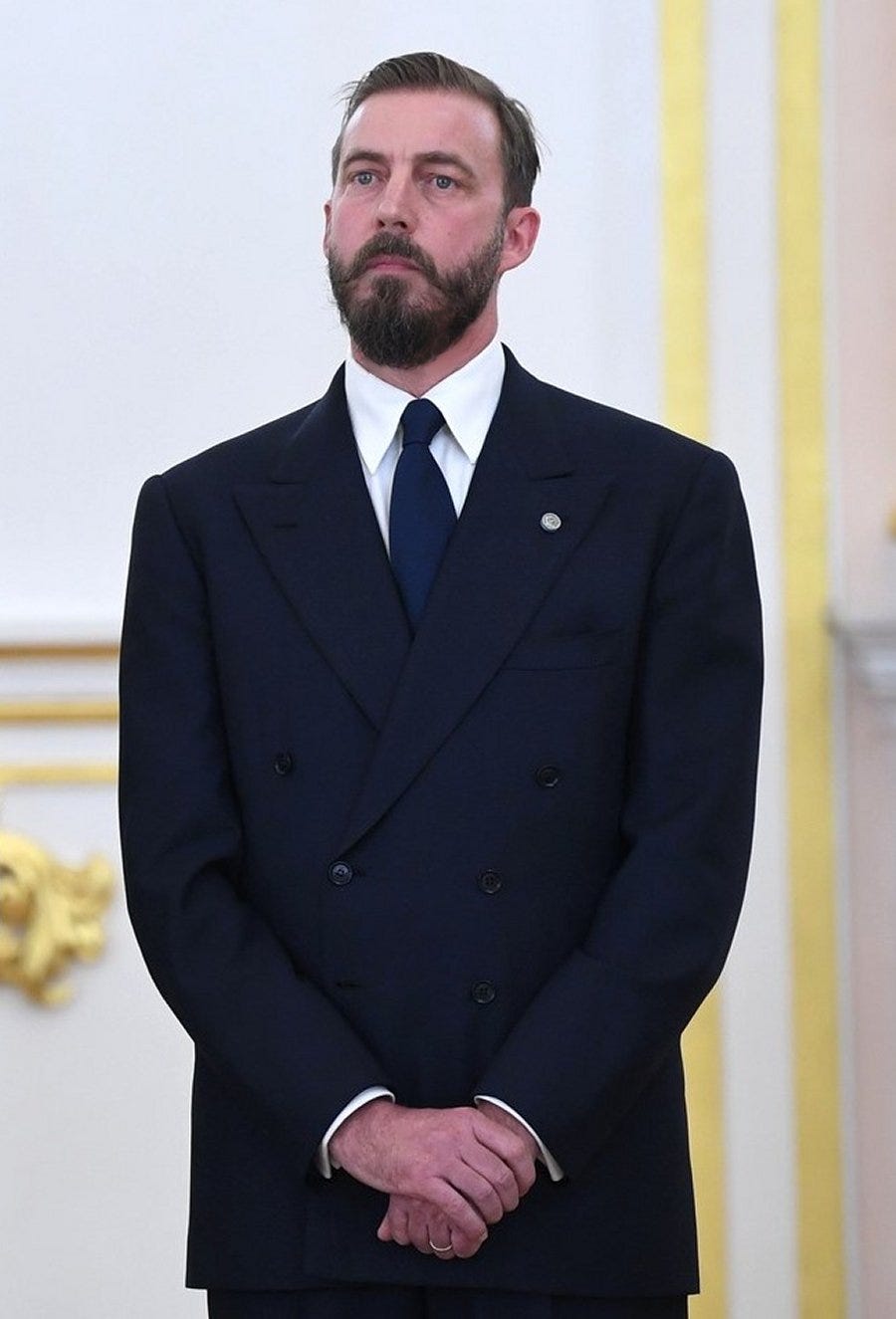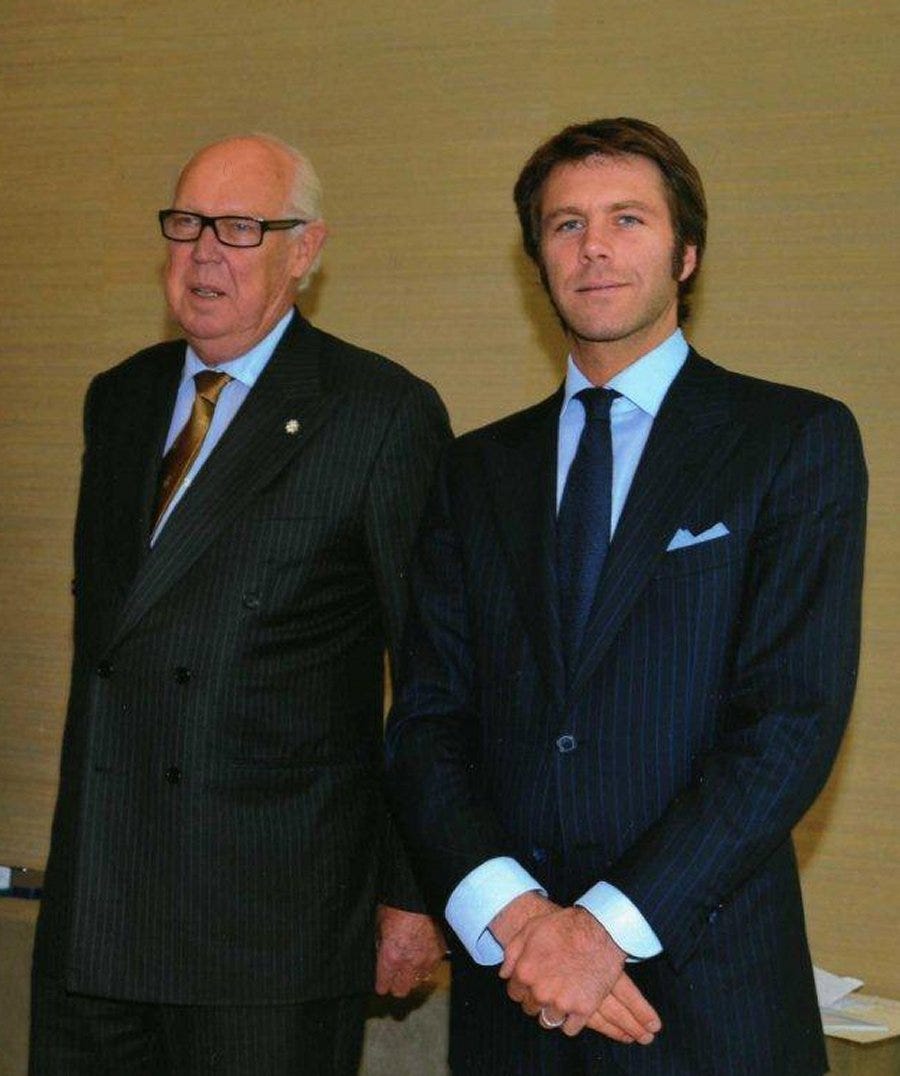Two Italian Princes Spar Over Long-Hidden Royal Jewels
Who now owns the jewels once worn by the wives of the Kings of Italy? Two descendants of the House of Savoy recently resurrected the question in the press
In a new interview, one of the claimants of the headship of the House of Savoy has weighed in on one of the most controversial topics connected to the former Italian monarchy: the ownership of the jewels that were left behind in a bank by King Umberto II when he was exiled in 1946. The comments have sparked a new war of words between a pair of royal cousins, Aimone of Savoy-Aosta and Emanuele Filiberto of Savoy, both of whom claim to be the rightful heir of the Kings of Italy.
On March 24, the Italian newspaper Correire Della Sella published an extensive interview with Aimone of Savoy-Aosta, a descendant of the former royal families of Italy, France, and Greece. The wide-ranging discussion touched on a number of topics, including the ongoing conflict between Russia and Ukraine, the leadership of King Charles III, and the need to reevaluate the legacy of the House of Savoy, the family that ruled a unified Italy in the nineteenth and twentieth centuries.
Aimone, who is referred to as the Duke of Aosta by royalists, also weighed in on a particularly touchy topic: the fate of a collection of jewels left behind in Rome by the last Italian king when he went into exile after World War II. The interviewer asked Aimone whether the jewels should be returned to the family. “Non ha senso, erano della Corona e di conseguenza la XIII disposizione era chiarissima: tutto confiscato,” Aimone responded. (“That doesn’t make sense. They belonged to the Crown and, consequently, Provision XIII was very clear: everything confiscated.”)
In his answer, Aimone references a provision of the current Italian constitution, adopted in 1947, that abolished the monarchy and confiscated all assets considered to be the property of the state. He believes that the way that King Umberto handled the jewels demonstrates that he believed they were state property. Aimone noted, “Il fatto stesso che Umberto II li abbia lasciati in disponibilità di Bankitalia dimostra che non li sentiva privata proprietà.” (“The very fact that Umberto II left [the jewels] at the disposal of the Bank of Italy shows that he did not feel they were private property.”)
The statements put Aimone in direct opposition to several of his Savoyard cousins. Emanuele Filiberto of Savoy, grandson of Umberto II, has been involved for years in efforts to reclaim the jewels, including a suit filed in the Italian courts. In 2022, before the death of his father, Vittorio Emanuele, Emanuele Filiberto shared his thoughts on the matter with Point de Vue:
This procedure initiated by the king’s four heirs, my father and his three sisters, involves three institutions: the Italian government, the Bank of Rome, and the Ministry of Finance. These institutions allege that these are the crown jewels. And that, as such, they belong to the State, the Republic having replaced the crown. This is completely false, because, on the contrary, they are private property that the House of Savoy placed at the disposal of the Crown. They were acquired during the time of Vittorio Emanuele II, Umberto I, and even before.
We have all the invoices and certificates of purchase and donation of these pieces. In no case were they paid for with State money. The problem raised by this affair concerns that famous third paragraph of the 13th provision of the Constitution still in force, which advocates the sequestration of the private property of the House of Savoy. But we are determined.
Emanuele Filiberto’s position regarding the jewelry has not changed since 2022. After he and his aunts learned of Aimone’s recent comments, the family’s lawyer, Sergio Orlandi, responded with a statement doubling down on their earlier assertations regarding the jewels. The statement noted that Emanuele Filiberto and his aunts were “stunned” to learn of Aimone’s comments. “The jewels deposited in the Bank of Italy are not crown jewels, but personal property belonging to the heirs of Umberto II,” the statement continues, “which have never been invoked/confiscated by the Italian State.” And besides that, they note, “It should be kept in mind that Aimone of Savoy-Aosta is not a direct descendant of His Majesty King Umberto II of Italy.”
Keep reading with a 7-day free trial
Subscribe to Hidden Gems to keep reading this post and get 7 days of free access to the full post archives.






